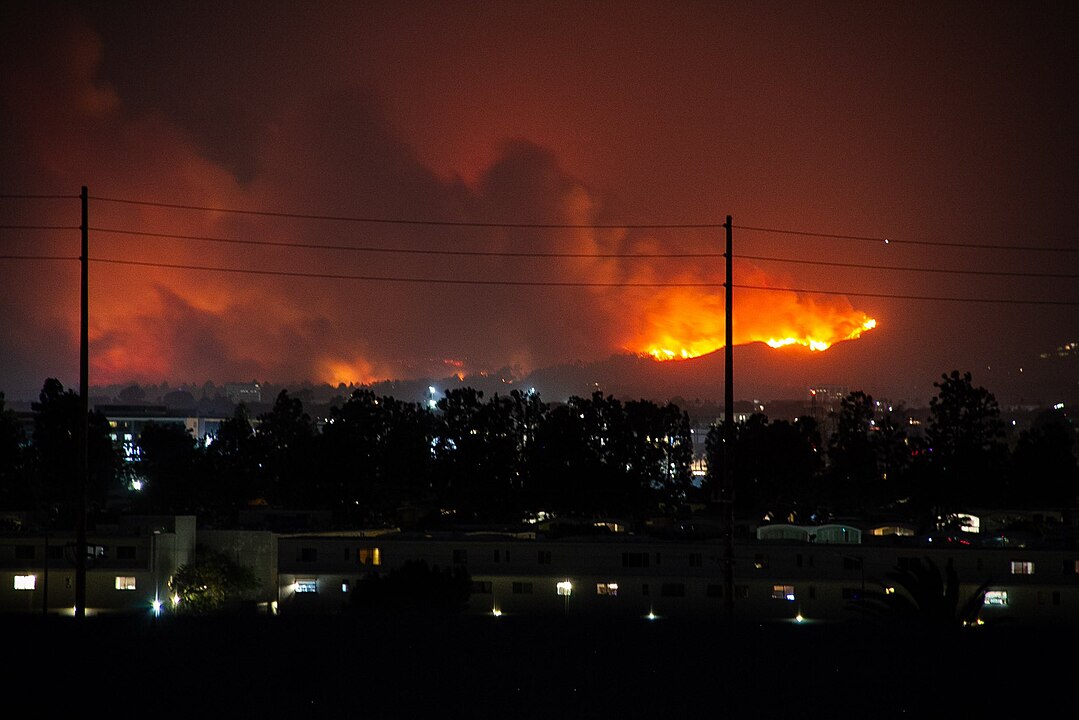Drought conditions have expanded over the past three months to include most of Georgia. The major exceptions are north-central and northeast Georgia, where conditions are rated as abnormally dry. Additionally, Bibb, Crawford, Macon, Peach and Houston counties are classified as being abnormally dry.
During the late summer and fall, Georgia depends on tropical weather to bring much-needed rain. This fall has been very dry with most of the state receiving less than 70 percent of normal rain. Many locations in the coastal plain and coastal Georgia have received 50 percent or less of normal rain over the past three months.
Soil moisture conditions along the Georgia coast into southeast Georgia are near the 1st percentile for this time of year. Being at the first percentile, we would expect more moisture in the soils in these areas 99 out of 100 years.
Also, the Okefenokee Swamp is very dry.
Seasonally adjusted stream flows are slowly declining across the state. Stream flows respond to drought more slowly than soil moisture. The bountiful rain that Georgia experienced last winter and spring has helped to keep stream flows near normal for most of the fall. However, in recent weeks the dryness is starting to show in decreased stream flows. Flows are particularly low in northwest Georgia, where most streams are at the 10th percentile or lower, meaning stream flows would be greater 90 out of 100 years in this area.
Wildfire risks have increased across the state due to dry conditions and falling leaves. Anyone outdoors should be cautious when using equipment that can cause sparks. Special vigilance is needed with any outdoor fires. Check with the local fire department or the Georgia Forestry Commission concerning restrictions and outdoor burn permits.
Georgia depends on winter and spring rains combined with cool temperatures to recharge soil moisture, groundwater, streams and reservoirs. The fall and spring climate outlooks do not hold much promise for drought recovery. Climatic conditions are expected to be warmer than normal and drier than normal through the spring.
Georgia should see some improvement in soil moisture and stream flow conditions in early spring since moisture loss due to evaporation and plant water use is lower during cool months. This improvement in moisture can be misleading. Relative to normal recharge during this period and this winter is expected to be limited.
Up-to-date information on dry conditions across Georgia can be found at www.georgiadrought.org. Updated weather conditions can be found at www.georgiaweather.net.






